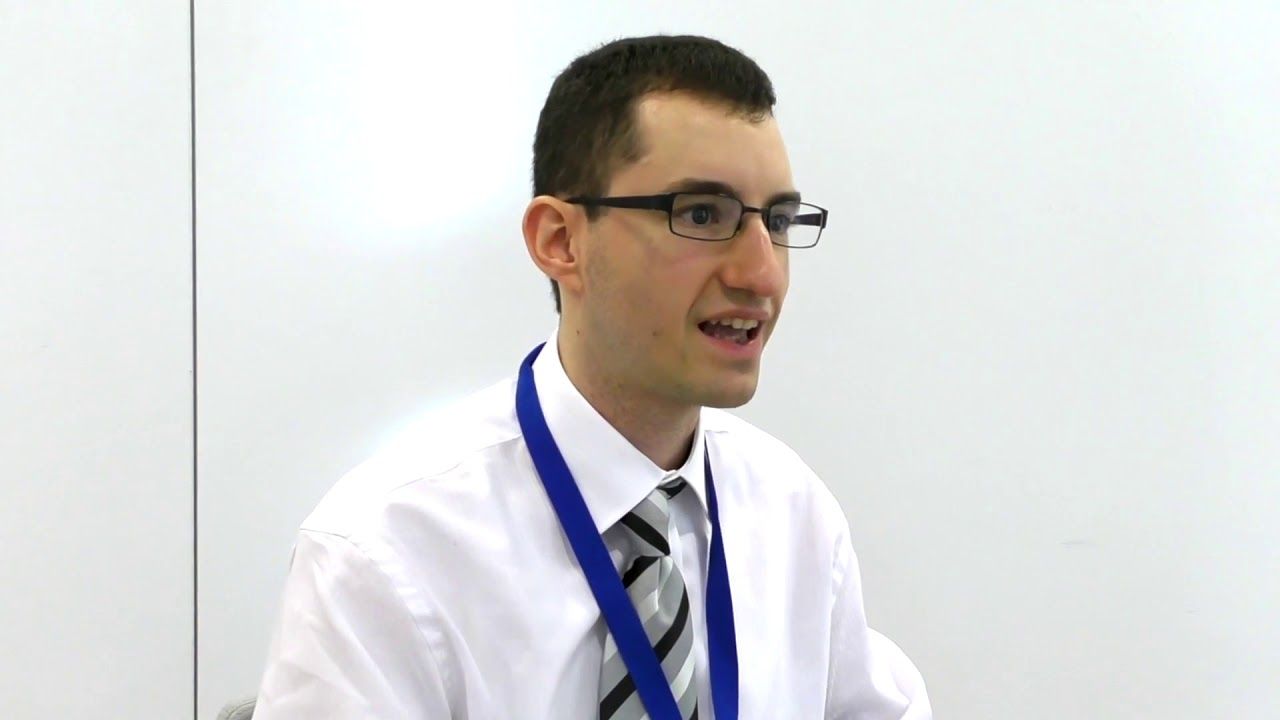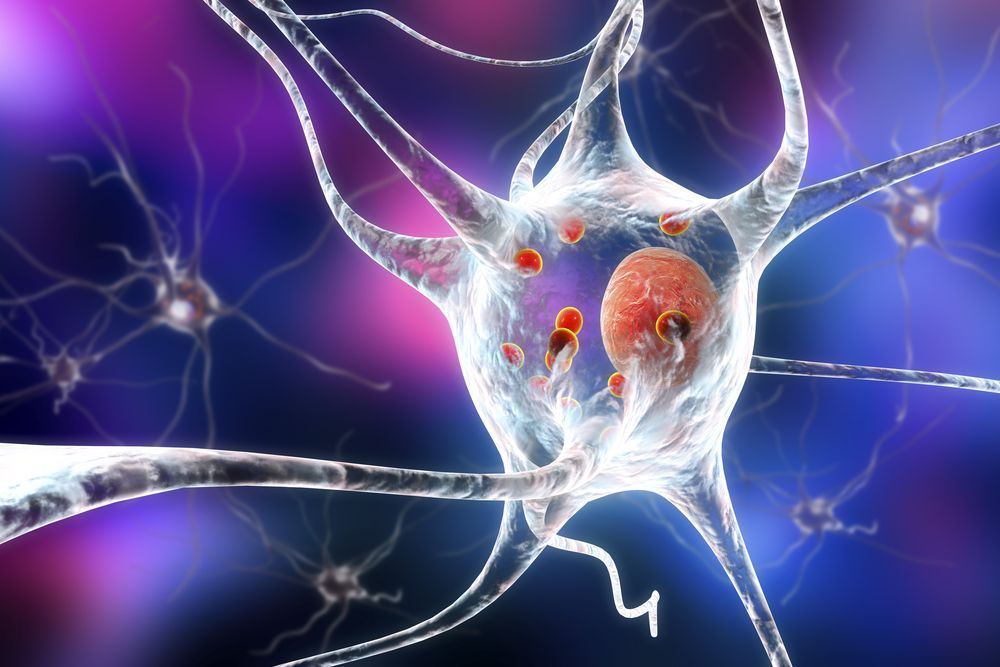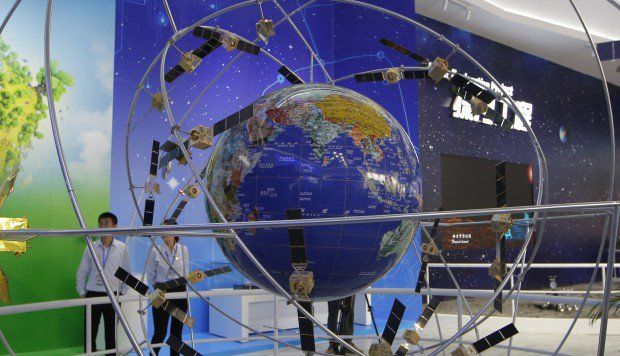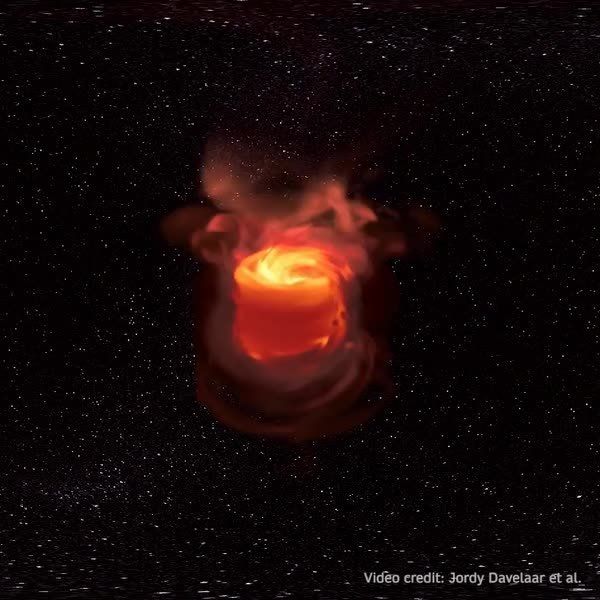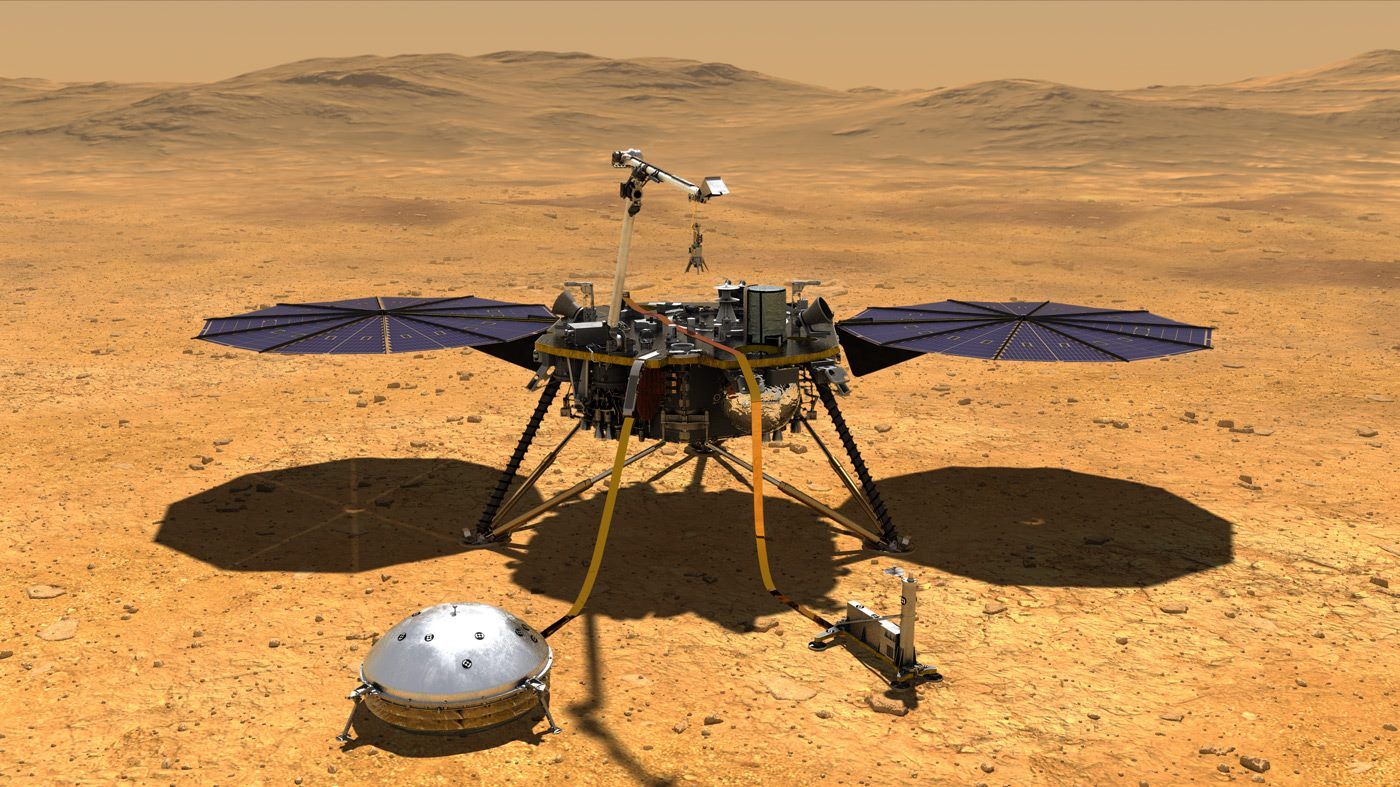Nov 20, 2018
Eurosymposium on Healthy Ageing – Sven Butlerijs
Posted by Steve Hill in categories: biotech/medical, life extension
At the Eurosymposium on Healthy Ageing, we had the opportunity to interview Sven Butlerijs of the Healthy Life Extension Society (HEALES). Some of our regular readers may recall seeing Sven join us for some of the monthly episodes of the Journal Club and he is an active figure in the rejuvenation biotechnology field.
During the interview with Nicola Bagalà, Sven discusses the extracellular matrix, its role in human biomechanics, what happens when it ages and stiffens, the role of cross-linking in collagen, and the possibility of interventions.
